
GUEST BLOGGER LESLIE BULION
Serengeti: Plains of Grass invites readers to accompany the great migration of wildebeests, zebras, gazelles, and other large herbivores (plant eaters) as they follow early winter’s monsoon rains into Serengeti’s southern short-grass plain. Grasses sprout and flowers bloom as the interconnected stanzas brings readers through this moving ecosystem’s food web, which includes migrating and resident animals. Each lushly illustrated spread begins with one four-line stanza inspired by Swahili utendi verse (see the first page in the back matter, “Siringet—from the Maasai language: endless.”). In this activity, students will examine how science information is conveyed using poetic form, page layout, and illustration.
Science poetry connections
- Ask students, working in pairs, to choose and compare any two consecutive poem spreads in Serengeti to find written information and ideas that help readers make connections between one spread and the next. These ideas can be structural and/or conceptual.
- Structural: (eg: poem stanza is at top left, four-line stanza, last word is always grass, first three lines of partial rhyme using the same ending consonant sound, 4 strong beats per line, often 8 syllables per line, informational notes, etc.)
- Conceptual: (eg: movement of energy through the food web, animals in relationship to their habitat and to each other, one animal changes the environment in a way that impacts the next, etc.)
- Students share their findings with the class and discuss.
Visual literacy connections
- Ask student pairs to choose any three consecutive spreads in Serengeti and discuss similarities and differences among the illustration layouts (e.g.: panoramic view, close-up view, time of day, animals alone, animals interacting, plants, etc.).
- Then ask them to discuss how the illustrator’s choices for page design affect where readers’ eyes travel, and where they linger.
- Ask students to examine the illustrations for connections between the spreads, such as food web connections, foreshadowing of animals in the next/previous spread, habitat features connected to other spreads, etc.
- Ask students to share their findings with the class and discuss.
Poetry writing activity: Add an animal stanza to Serengeti
Discussion
- Share with students that most, but not all of the animals depicted in the illustrations are featured or mentioned in one or more of the poem’s stanzas.
- Ask students to try and find one or two well-known Serengeti animals not mentioned in any of the poem stanzas. (lion, elephant). Ask students to discuss whether these animals might migrate with the herd, or whether they might be resident animals of the southern short-grass plain.
- With the class, read aloud the poetry note immediately following the poem’s final stanza, entitled “Siringet—from the Maasai language: endless.” Discuss the elements of the poet’s adaptation of the Swahili untendi stanza. Use the sample stanza, e.g. four lines, first three lines end in partial rhyme sound, fourth line is a refrain ending with “grass,” approximately eight syllables per line, four strong beats per line).
Writing
- Ask students to choose a Serengeti animal not featured in this book (can choose one of the two animals from the first part of this activity, or any other Serengeti migrant or resident animal of interest is not featured).
- Ask students, using research and/or prior knowledge, to create a list of information about their animal. (e.g.: lions have manes, lions are predators, lions stalk their prey, lions live in prides, etc.).
- Ask students to create their own utendi stanza. Students can create four simple lines, the last line ending with the word “grass.” Students can also opt to work on including four strong beats per line and/or partial rhyme with the same ending consonant sound. A rhyming dictionary can help find these partial rhymes. *See method below).
- Ask students to choose where they would insert their stanza in the book—i.e. where their animal fits into the Serengeti food web, and justify their choice.
- Ask students to illustrate their new spread choosing their own layout style.
Example
*Example: When working with partial, end-consonant rhyme, begin by writing one line:
“Agama lizard’s four short legs”
Begin a word list by replacing the “e” in “legs” with a different vowel such as “o” for “logs”
Use a rhyming dictionary (e.g. Rhymezone. com) to create a list of partial rhyme end-words that might fit the poem or inspire an idea based on student’s information about their animal. (i.e. bogs, slogs, frogs, etc.), then repeat process with a different vowel such as “u” for “lugs” (i.e. hugs, rugs, bugs).
Featured image credit: “Elephants – Serengeti National Park safari – Tanzania, Africa” by David Berkowitz is licensed under CC BY 2.0
Leslie Bulion creates award-winning science poetry steeped in hands-on learning experiences, field observations, research, humor and imagery in a variety of poetic forms. Her illustrated collections invite readers on multi-layered science adventures exploring birds, sea creatures, insects, amphibians, spiders, entire ecosystems, and even human anatomy. Leslie’s graduate science background and her years as a school social worker inform both her poetry and her science-infused novels for young readers. Check out her newest science poetry ecosystem exploration, Serengeti: Plains of Grass (Peachtree: March 1, 2022).
Find Leslie here: www.lesliebulion.com – Leslie Bulion on Facebook – @LeslieBulion on Twitter – @LeslieBulion on Instagram


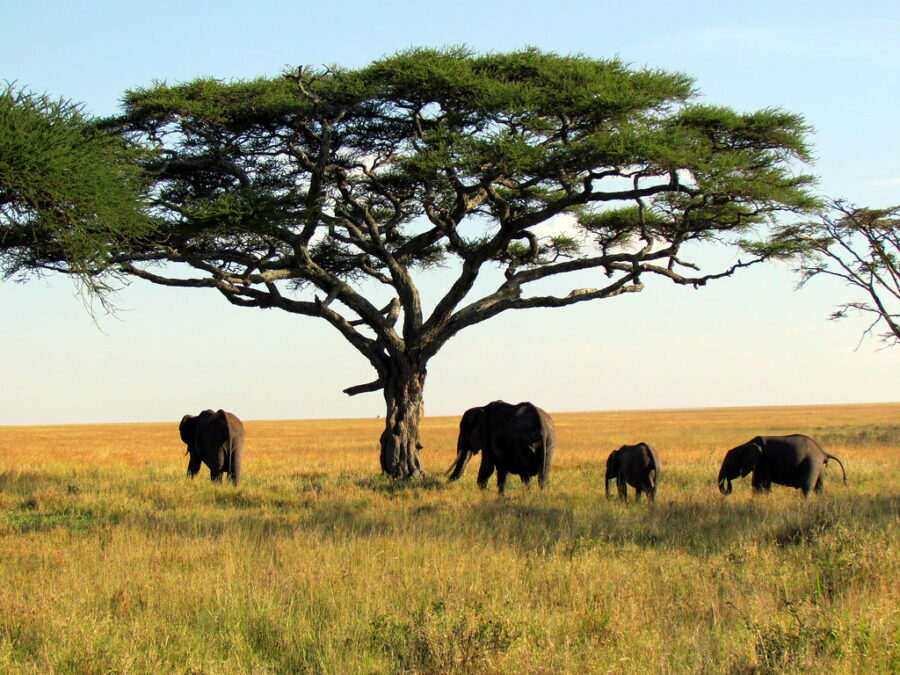
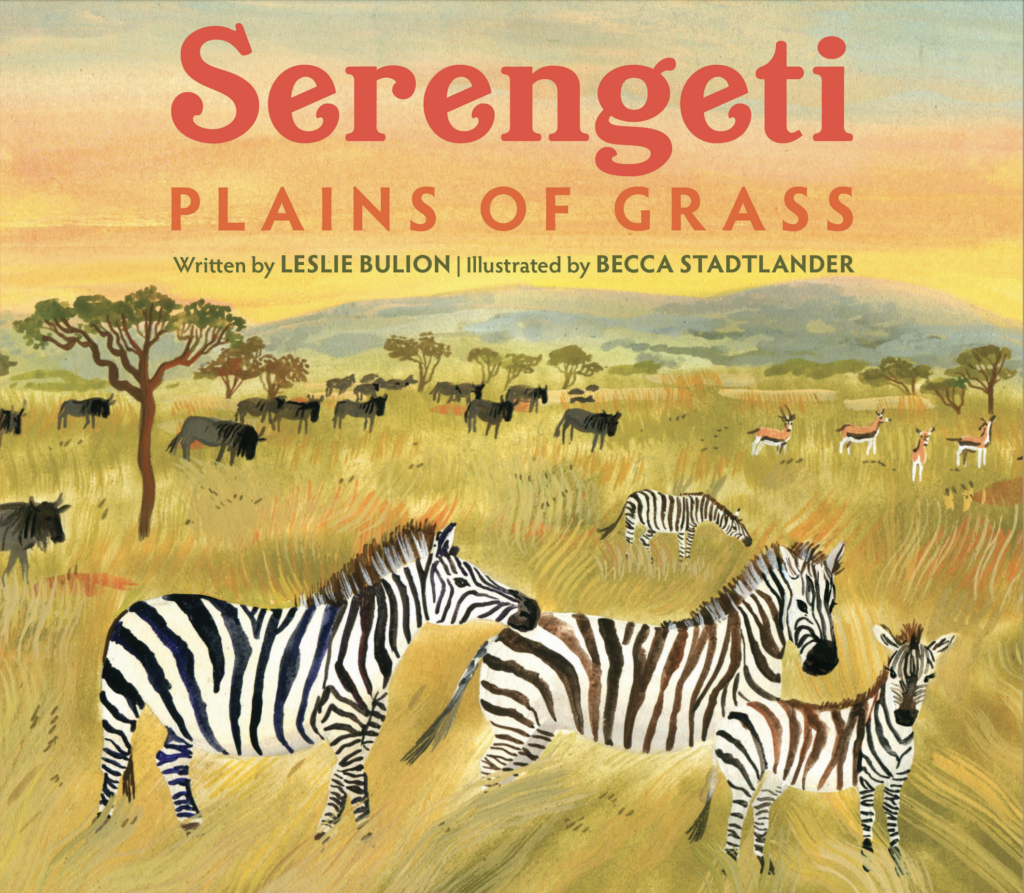
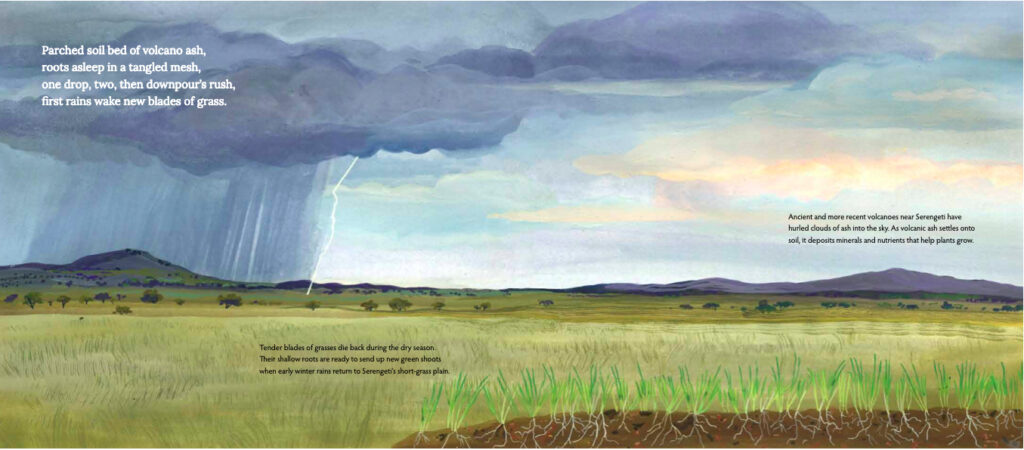
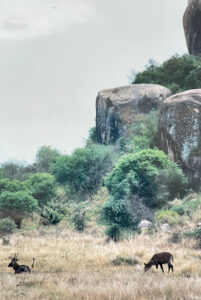



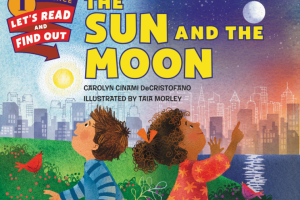



Leave a Reply
Your email is safe with me.